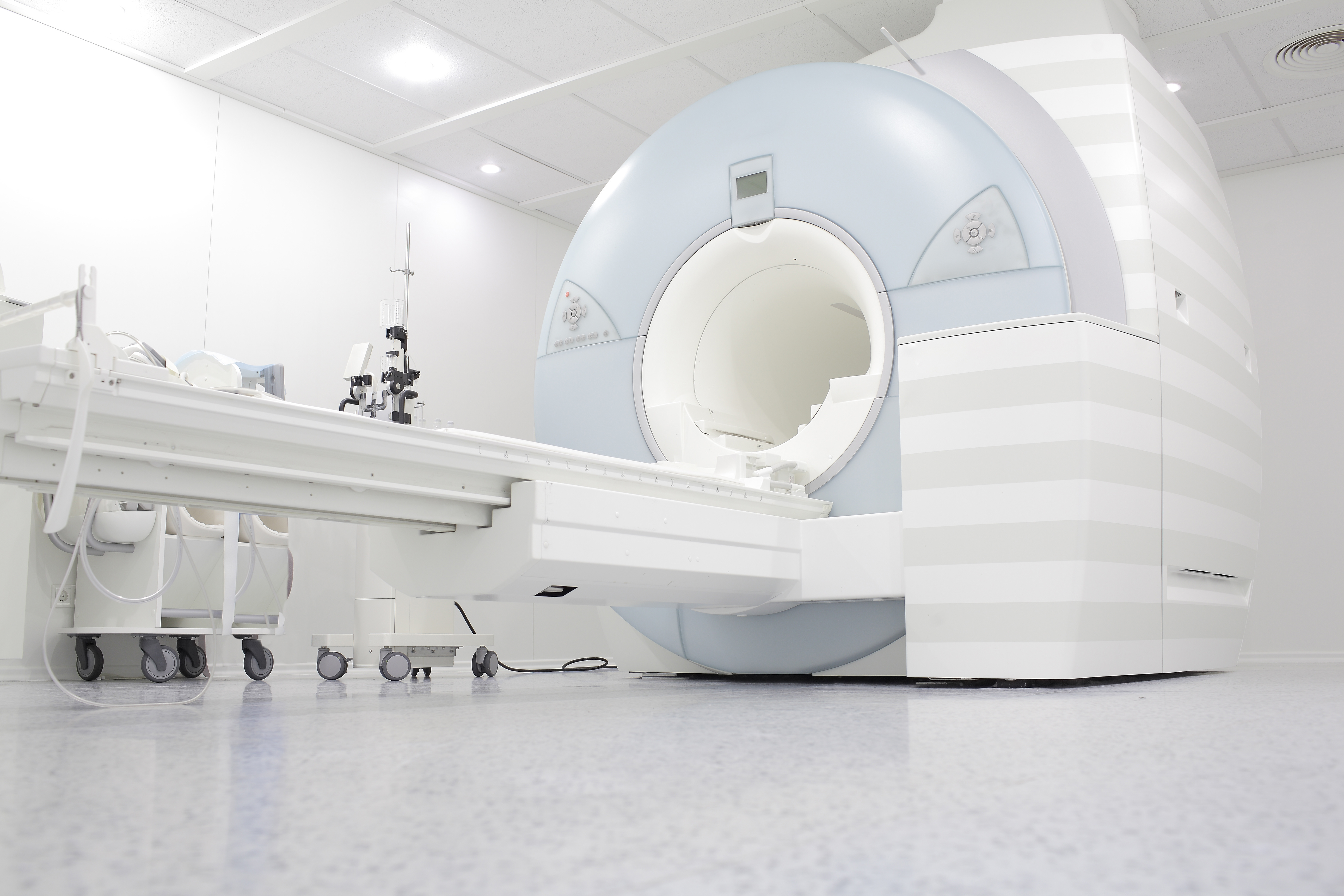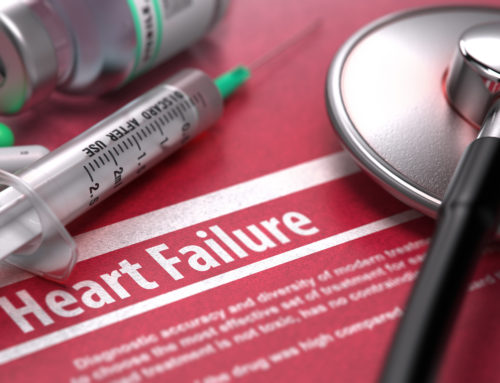According to the World Health Organisation, suicide rates for men over the age of 70 are higher than in any other group of people.
Hospital emergency departments (EDs) are caring for an increasing number of people with mental health concerns, including thoughts or actions related to suicide attempts. For example, nearly half of the older adults who committed suicide had visited an ED in the year before their death. However, when healthcare providers see older adults in the ED, some may be too quick to assume that the warning signs for suicide are just a natural part of aging. As a result, many older adults may not get the help they need to address suicidal thoughts.
These facts prompted a team of researchers to study older adults seen in EDs and the related risks for committing suicide. Their study was published in the Journal of the American Geriatrics Society.
The researchers reviewed ED records from 800 people, including 200 older adults. They discovered that:
- 53 per cent of older adults had a chief complaint involving ‘psychiatric behaviour’ (behavior relating to mental illness or its treatment), compared to 70 per cent of younger adults
- 93 per cent of older adults had documented suicidal thoughts in the past two weeks compared to 79 per cent of younger adults
- 17 per cent of older adults reported attempting suicide in the past two weeks compared with 23 per cent of younger adults
- Less than 50 per cent of the older adults who showed warning signs for suicide following screening received a mental health evaluation, compared to 66 per cent of younger adults in the same situation
- Only 34 per cent of older adults who had attempted suicide or had suicidal thoughts were referred to mental health professionals, compared to 60 per cent of younger adults
The researchers concluded that improving responses to suicide risk detection, as well as improving mental health treatment for older adults at risk for suicide, could reduce deaths from suicide among older adults.








